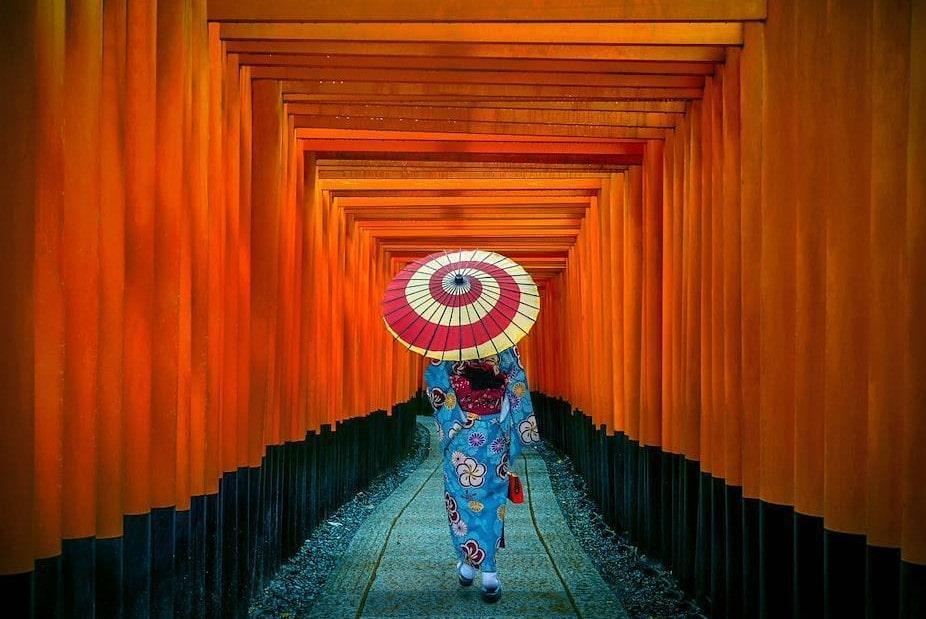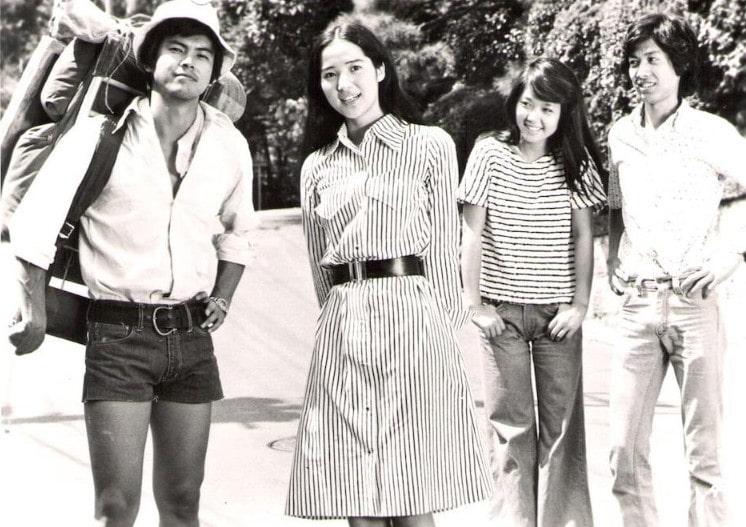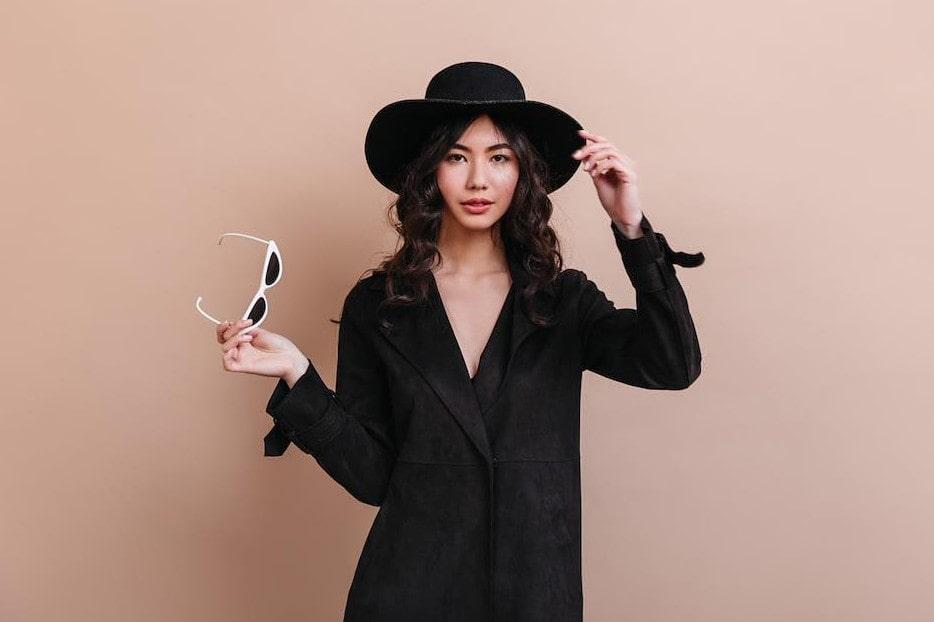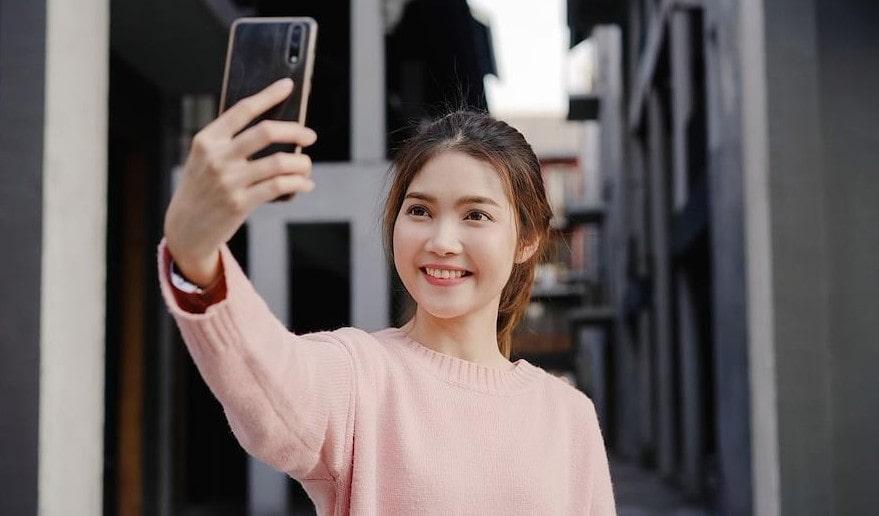Have you ever wondered how world-famous Japanese street fashion started?
Street fashion in Japan is nothing new - some say it’s been around since the end of World War 2, others claim it started in the 1960s during the Vietnam war. Read on to find out exactly how Japanese street fashion started and evolved over time, and why it’s still relevant today.
How Did Japanese Street Fashion Start?
Harajuku street fashion started during the postwar Allied Japan occupation when American civilians and soldiers lived in the area. Japanese youths experienced a different culture and browsed the Western goods in local shops catering to the Americans. Eventually, fashion designers came to the area, and called themselves “the Harajuku tribe.” After that, in 1964, the Tokyo Olympics brought in tourists and stores that catered to them.
The 1970s was the first time that young people embraced a feeling of solidarity as a whole generation and really came together against the adults. The decade seems to be the start of Japanese street fashion, and the latter half of the 1970s was a time when youth renounced the values of earlier generations while advocating new fashion styles.

In the first half of the 1980s, admiration of the ‘adult’ lifestyle came about, as can be seen with hamatora (Yokohama traditional), nyutora (new traditional), and preppy fashion styles, and with magazines like POPEYE and JJ. POPEYE and other magazines portrayed the American way of life. In the middle of the 1980s, the youth stood out again, with the counterculture (which means the culture of the children) being the essence of style.
This begins with the rise of the DC (DC means “designer” and “character”), which was the first trend that originated from Japan. The main leaders of this fashion trend are the shinjinrui generation, which was trying to get away from the baby boomer generation from the latter half of the 1970s.
After that, a series of new influences, such as Italian casual, bodikon (body-conscious), and Hip hop style were imported, promoted, and worn by young people.
So why is street fashion so popular in Japan? Firstly, there is a significant disposable income available to Japanese youth; probably made possible thanks to a greater degree of Japanese young who live at home with their parents for longer than in other countries.
Additionally, the emergence of youth culture in the 1960s and 1970s that still continues
(especially in Harajuku) affects the development of new looks, styles, and subcultures. Also, the rise of consumerism, during the Japanese economic boom in the 1980s, still influences fashion purchases, even after the economic downfall in the 1990s.
These factors lead to the quick turnover and variability in popular styles.

The Rise of Japanese Fashion
Tokyo has long been known for its extravagant and expressive styles, and the Harajuku district was the epicenter of the most eclectic and flamboyant youth groups. This cradle of eccentricity reached its peak in the 1990s and was immortalized in a monthly magazine FRUiTS, a bible of outrageous and innovative personal style, created by the infamous Aoki.
For 20 years, the magazine FRUiTS was famous for street-style photography that documented the creativity of the fashionable Harajuku kids. In the 1990s, this area was the epicenter of a new style that symbolized the essence of Japan’s fashion-forward youth.
Harajuku style has started to represent Japanese fashion to much of the rest of the world.
The magazine was influential and ground-breaking in both photography and fashion. From the girly Lolita and Dolly Kei to Decora, Gyaru, and Ura-Hara, together with all things kawaii, each subculture came with its own inventive and highly specific dress codes and rituals.
Aoki began capturing street fashion in London in the 1980s and published a magazine called Street. FRUiTS was created in 1997. Harajuku had long been a witness to many fashion styles. For example, since the beginning of the 1980s, there was rock ‘n roll, designer fashion by brands such as Comme des Garçons and Yohji Yamamoto, as well as preppy Shibuya Casual fashion.
Similar to the UK’s ID magazine in the 1980s, Aoki captured the individual looks while also showing the wider groups to which they belonged, long before social media existed. Aoki claimed that most forms of expression had a system of being recorded, except for street fashion, so he wanted to change that.
From the mid-1990s, the less commercial Ura-Harajuku area blew up. From there, the pioneering Japanese streetwear labels A Bathing Ape and Undercover launched their world-famous style, locally known as Ura-Harajuku-Kei.
Ura-Harajuku is one of three zones that make up the Harajuku district. There’s also Takeshita Street, which is now full of cheap fashion for teens and children, and Omotesandō, the district’s popular main thoroughfare. Until 1998, the Hokosha Tengoku, a long stretch on Omotesandō, or ”pedestrian paradise,” was closed to cars on Sundays. It was an important gathering place for kids and also where Aoki took pictures in the early days of FRUiTS.
In 1997, when streetwear was gaining popularity, another look was emerging around Omotesandō and Ura-Harajuku. What inspired Aoki to start the magazine were three girls that he noticed, who represented something new to him. For years, Japanese stylish fashion and art students had opted for the simple, usually black look of designers like Yamamoto and Comme des Garçons. London street style and Vivienne Westwood also had an influence.
Quickly, various style subcultures appeared - each with its own hangouts and concepts. These included; wamono, that mixed elements of Western and traditional Japanese fashion; kawaii, meaning “cute”, loli goth, a mix of Lolita and gothic; ultra-colorful decora; cyberpunk, and others.
These style groups loosely hung together to form a striking new scene.

The Future of Japanese Street Fashion
Tokyo, and especially the Harajuku district, has not lost its sense of style. Creative fashion is still more part of the Japanese culture in Japan than, for example, in the US, and there are still many well-dressed individuals in Harajuku to photograph. However, fewer people are dressing in an artsy way that pushes boundaries.
People nowadays wear less vintage, and there is much more mainstream fast fashion. Aoki said that he had seen a change in priorities among young audiences. Fashion, he says, is now less of a priority than smartphones. But he still thinks that the spark of creativity he once saw lives on.
Related Questions
What Is Tokyo Street Fashion?
Japanese Street Fashion has a long history, from the 60s and youth protest against the Vietnam War. How the protesters dressed was a representation of the uprising. Today, Japanese fashion puts an emphasis on the importance of self-expression in a country full of restricting traditions.
In the early 2000s, many international brands started opening up shops around Tokyo because they wanted to be a part of this fashion-forward movement. Today, Tokyo is a melting pot of style, culture, and trends
Japanese street fashion is all about mix and match: the vintage and new, dark and bright colors, luxury pieces with secondhand items, and so on. It’s not about what you wear, but how you wear it.
Types of Japanese Street Fashion
Some of the most popular types of Japanese street fashion are:
- Lolita: This cute trend is the most popular style of Japanese streetwear, recognized not only in Japan, but also globally. There are five subcategories of lolita: Gothic, Punk, Sweet, Classic, and Kodona.
- Decora: Pastel and neon colors are a must-have for this fashion style, and of course lots and lots of accessories.
- Fairy Kei: Adorned with pastel colors and angel and baby motifs, Fairy Kei carries a child-like innocent attitude.
- Gyaru: Gyaru is a girly, glamorous, over-the-top style inspired by the West, which focuses on the concept of “fake”, including fake nails, fake hair, fake lashes, and similar.
- Visual Kei: Starting from the mid-1980s, Japanese musicians inspired this androgynous style with their unusual costumes and flamboyant hair, similar to the glam rock bands from the West.
- Kogal: This fashion style is inspired by Japanese high school uniforms and is often accessorized with short skirts and loose socks. It became especially popular in anime in the 1990s but has since then declined.
Although many of the above-mentioned styles have declined in popularity, there is no doubt that Japanese street fashion lives on, even though it has transformed many times since its beginnings.